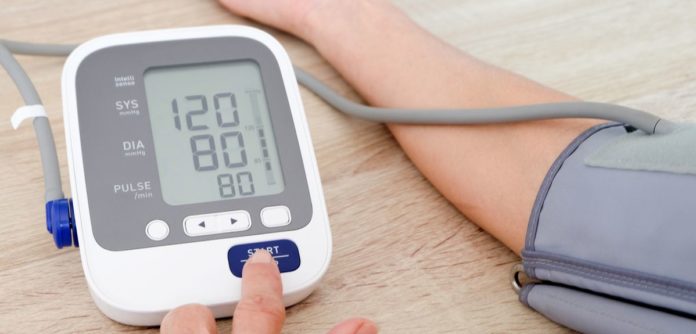In a new study by the Universities of Oxford, Cambridge, and Birmingham, scientists reported that at the point when GPs construct their medicine changes in light of normal circulatory strain readings taken by patients at home, a pulse is essentially lower following a year when contrasted and the individuals who are overseen only in the facility.
High blood pressure affects more than 1 in 4 adults in England. While often preventable, it is a leading cause of cardiovascular disease and the biggest risk factor for death and disability internationally.
Long-term hypertension control includes consistent pulse checks by a doctor so prescriptions can be balanced as needed. Still, this can be a test to oversee essential care in spite of the wide accessibility of successful medicines.
Globally, overviews have found up to 70% of individuals with hypertension self-screen their circulatory strain from home, yet in the UK, this figure is much lower at around 30%. In the NHS, offering patients their own particular circulatory strain screen has been dubious because of conflicting proof and worries that patients can be restless about self-checking.
Lead author Professor Richard McManus said, “We now have conclusive evidence that GPs can use the readings from patients who self-monitor their own blood pressure to achieve significantly lower blood pressure after 12 months compared with conventional approaches. This reduction in blood pressure comes with no additional workload for the GP, and the self-monitoring system is cheap and simple for patients to use.”
“In the longer term, we predict that better blood pressure control could result in significant health benefits for the patient – a likely 20% reduction in stroke risk and 10% reduction in coronary heart disease risk.”
“For faster, more efficient blood pressure reduction, using telemonitoring could be worthwhile for some patients. Enabling the patients to text their readings to their GPs and nurses, with alerts and feedback for both patients and GPs, could be particularly advantageous in today’s NHS where doctors feel increasingly overwhelmed by the quantities of data they deal with on a daily basis.”
In this study, which involves almost 1000 patients with poorly controlled blood pressure, scientists compared conventional clinical care for blood pressure management with two different forms of home monitoring, either reporting blood pressure readings via post (known as self-monitoring) or by SMS text message (known as telemonitoring).
Patients in the self-observing and telemonitoring bunches were requested to screen their own circulatory strain twice every morning and night for the principal seven-day stretch of consistently utilizing an electronic pulse screen and reporting their readings back to the center.
Following a year, systolic blood pressure was brought down in both self-monitoring and telemonitoring groups (self-monitoring: 137.0mmHg; telemonitoring: 136.0mmHg) compared and normal care (140.4mmHg). However, at only a half year, circulatory strain moved toward becoming lower all the more rapidly for the individuals who utilized the telemonitoring framework to report their readings (self-checking: 140.4mmHg; telemonitoring: 139.0mmHg; regular care: 142.5mmHg).
The trial additionally found no proof of expanded uneasiness in patients who self-checked or telemonitored or any adjustments in weight, eating routine, exercise or liquor utilization that could prompt the diminishes in pulse watched.
The telemonitoring system automatically cautioned patients if the perusing was high, low or normal, alongside SMS reminders to provoke patients to send their readings or contact the center if their normal pulse implied their solution should have been balanced.
GPs could get a digital ‘dashboard’, including graphical presentations of blood pressure readings, and had the alternative to message their patients through the framework. Those in the postal group just approached a color chart to choose whether to contact their facility for prescription modification.
Co-author Professor Jonathan Mant, Professor of Primary Care Research at Cambridge University’s Department of Public Health and Primary Care, said: ’16 million people in the UK have high blood pressure and should be offered the option of self-monitoring to control their hypertension.”
“Those who find it particularly challenging to get to their GP due to work commitments would benefit from the telemonitoring system developed in this trial, which could be adapted into a readily available smartphone app and incorporated into existing clinical patient record systems. We are currently looking at whether telemonitoring is cost-effective to warrant its inclusion in clinical guidelines.”
The full paper can be read in The Lancet.
